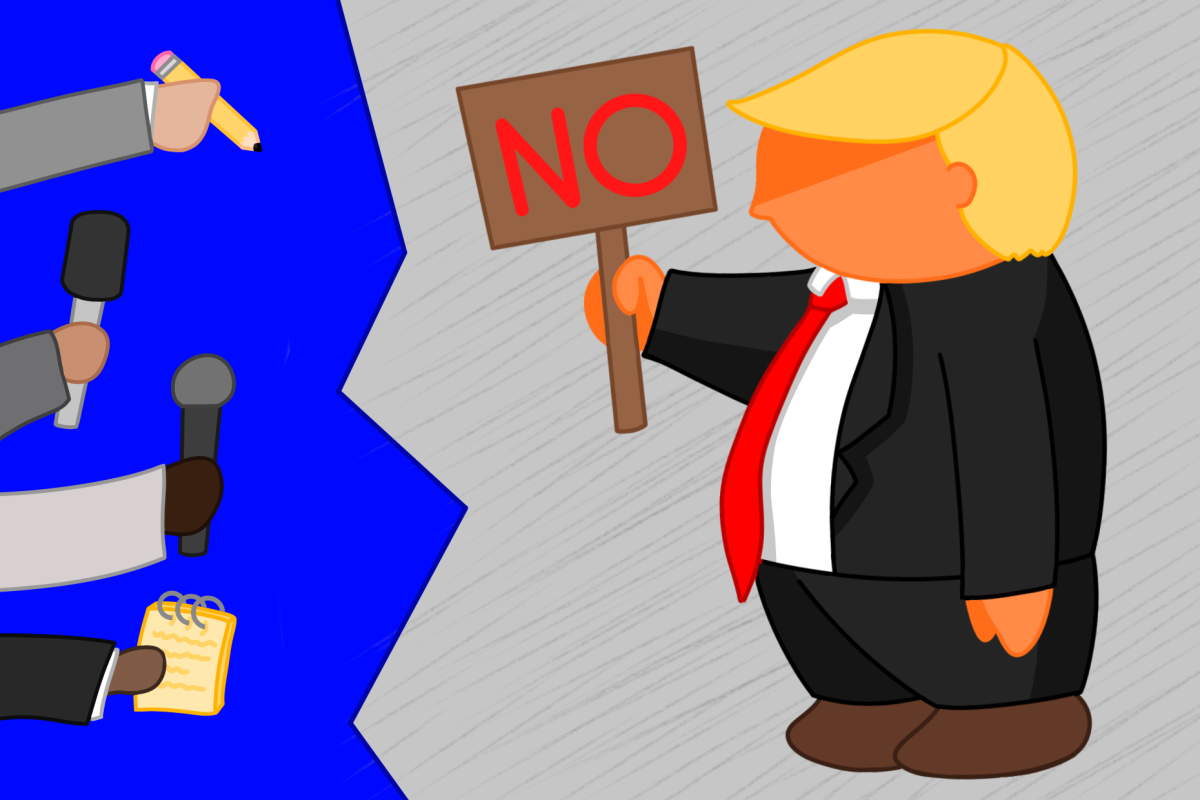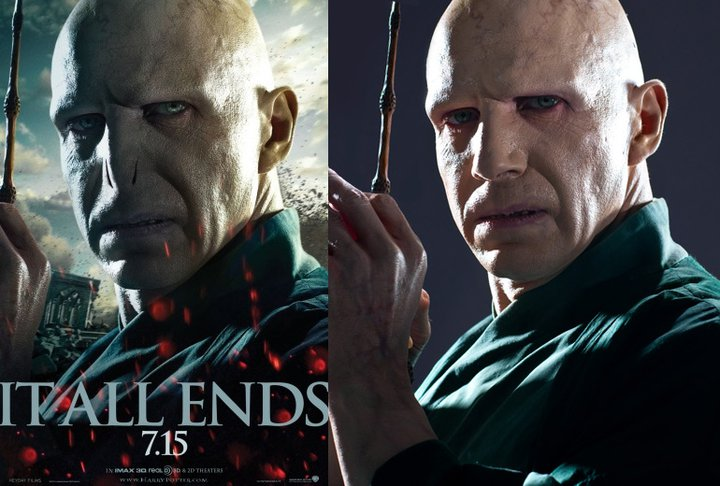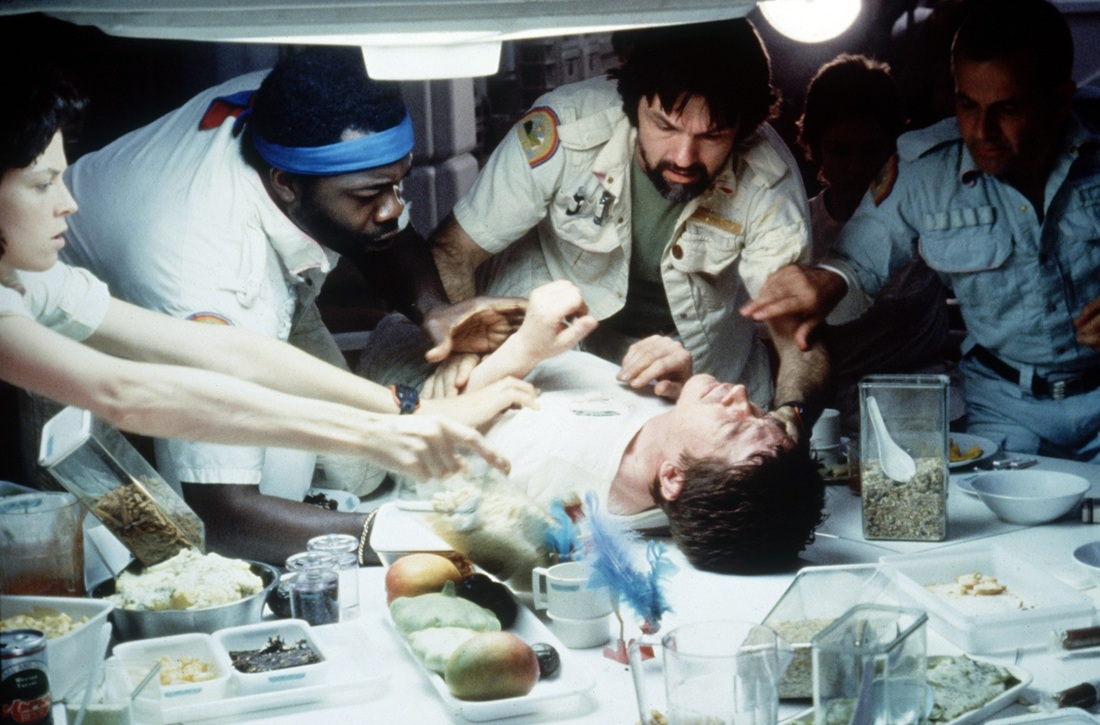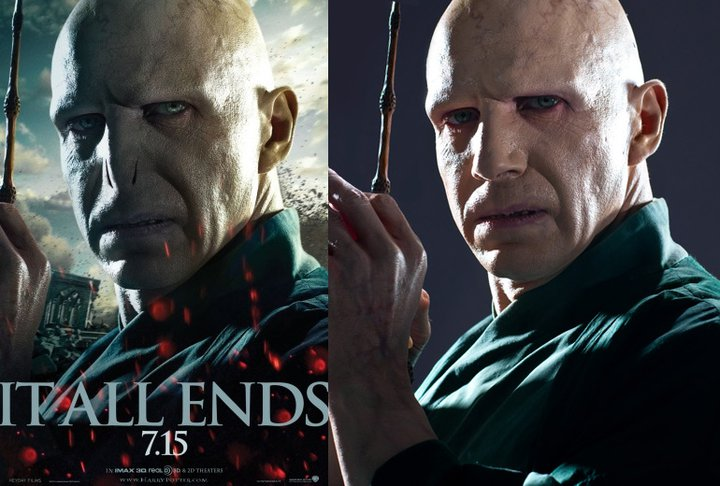Computer Generated Imagery (CGI) continues to challenge the concept of reality in its detailed influence on countless feature films, often seamlessly. Starting as pixel bases, never before possible characters emerge from mouse clicks to frighten, enchant or sadden viewers. Impossible creations may appear computer-generated to even the most unseasoned film viewer, but invisible special effects are more difficult to construct.
Story by Ethan Elkins
The film industry’s fascination with the extraterrestrial would not be possible without the influence of visual effects. CGI was first experimented with in the mid-1970s, but its use did not gain traction until the mid-1990s. Until then, practical effects constrained filmmakers to obey the laws of physics. This limit did not mean, however, that filmmakers could not trick the eye of the viewer or even the camera.
The before and after stills of Richard Parker, the story-driving tiger in “Life of Pi” (2012), which on the Oscar for Best Visual Effects. Photo courtesy of BuzzFeed.
Notable feature films made possible with practical effects are Stanley Kubrick’s “2001: A Space Odyssey” (1968) and Ridley Scott’s “Alien” (1979). The Alien franchise is alive and well, with “Alien: Covenant” (2017) prepping for mass release in May this year. Scott eventually made the transition to incorporate computer-generated effects in his films, most notably with his Best Picture winning “Gladiator” (2000). Though CGI was being used, it is important to note filmmakers attempt to use practical effects whenever possible for financial reasons. Early in his career, Scott was told, “If you can do it live, do it live.”
A still from “Alien” (1979), just before the chest of a crew member bursts, creating the films’ dire conflict. Photo courtesy of cinemablography.com.
For an incredible example of practical visual effects, view the infamous “chestburster” scene from the original “Alien” (1979), that is if your stomach can handle it. These effects are “real” in the sense that they were done on set at the time of filming.
Although practical effects were groundbreaking in their early use and are still incorporated today, many stories would not be told without CGI. “Our goal is to tell impossible stories,” says Shawn Walsh, Visual Effects Executive Producer and General Manager at Image Engine, an industry leading visual effects company. Walsh discussed the power and future of visual effects at a 2017 SXSW panel in Austin, Texas. Some of his most recognized credits include work on “Harry Potter and the Prisoner of Azkaban” (2004), “District 9” (2009) and recently “Jurassic World” (2015).
To examine the power of CGI, view this reel, courtesy of Fame Focus.
Lord Voldemort’s nose was digitally removed with computer-generated imagery for the Harry Potter films. Photo courtesy of Voolas.
Walsh discussed Image Engine’s work on the new film “Logan” (2017), where he described a team of over 100 people working to render a completely computer generated Hugh Jackman for otherwise impossible scenes. Although visually impressive, the industry has not quite mastered complete visual trickery for well-known actors’ dialogue. Director Francis Lawrence ran into this issue while working on the Hunger Games finale “Mockingjay” (2014-15). Acclaimed actor Philip Seymour Hoffman died of a drug overdose before filming all of his scenes, and the director decided not to computer generate the actor for his remaining scenes because “He was one of the greatest actors … of all time, and I just think to try to fake a Philip Seymour Hoffman performance would have been catastrophic.”
Image Engine is continuing to build an impressive resume, working on projects like “Game of Thrones” (2011-) and the upcoming “Power Rangers” (2017). Walsh himself is uncertain about the boundaries of visual effects, and he claims his company will continue to push them. As more stories are able to be told on the big screen, it seems likely the CGI industry will continue to expand, as it is now becoming a crucial– but costly– component of movies as we know them.









































